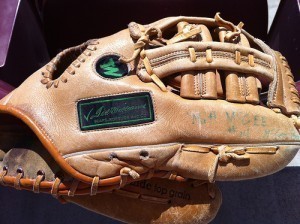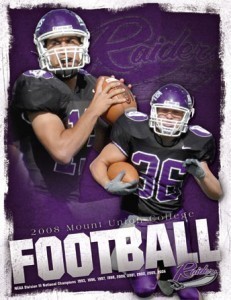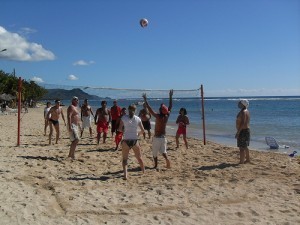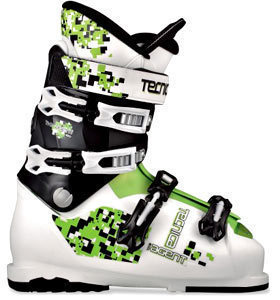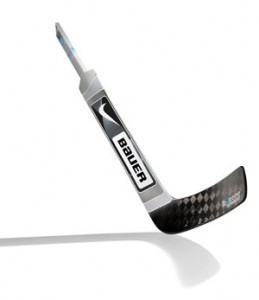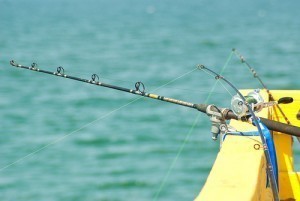Baseball Field Dimensions For College
Baseball field dimensions for college are similar to those used in the Major League. Measurements for Little League games are different.
How Field Measurements are Taken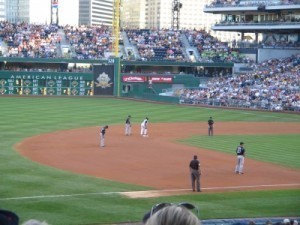
The starting point is the rear of the home plate. This part points to the backstop and the catcher. A black rubber encompasses the home plate. This black rubber is not usually included in measurements. The measurement starts from the plate’s white part to the first base’s back corner. This corner is closest to the foul line.
It is the furthest from home and second base. The next step is from the first base’s back corner to the second base center. From this area measure up to the third base’s back corner. Go back to the home plate. The square has equal sides and all at 90 degree angles.
More Baseball Field Dimensions for College
The baseline is 90 feet and home from second is 127 feet 3 3/8 Inches. Home to front of rubber is 60 feet 6 inches and the radius of the skinned infield is 95 feet. The area of skinned infield is 11,550 square feet and the dirt needed for 1” of depth is 36 yards. This is for a 90’ bases grass infield.
For a 90’ bases skinned infield, the area is 18,300 square feet and dirt required is 57 yards. For 60’ bases grass infield it is 3,850 square feet and the dirt needed is 12 yards.
The home plate to backstop is 60 feet and the home plate circle is 20 ft. The dugout distance is 15 feet and the base cut out radius is 13 feet. The home run fence field specs are as follows. The center field measures 400+ feet. The left field is 320-350 feet. For the pinching mound dimensions, the height is 10 Inches and the diameter is 18 feet.
Notes
Standard measurement for bases is 15 x 15 inches. To get an anchor (base peg) deduct seven inches from the baseline. Base pegs can be detected by a metal detector. The pitching area is not in the middle of the square. The rubber font must not be used as reference for the third and first base.
When analyzing baseball field dimensions for college, take note of the skinned infield. Its measurement is from the pitching rubber’s front. Pitching rubber lengths can be hard to calculate. This is because base paths are sometimes changed subtly. This has an effect on the measurements.
